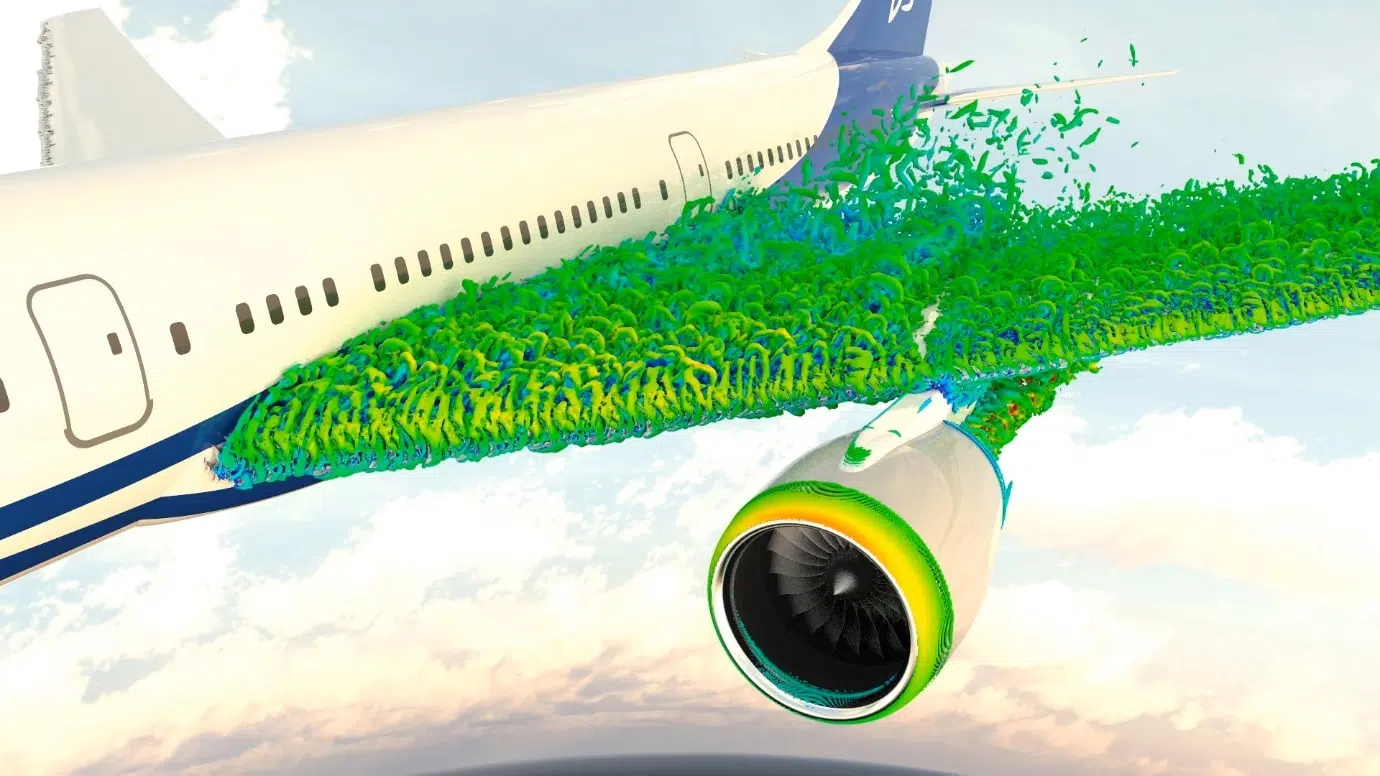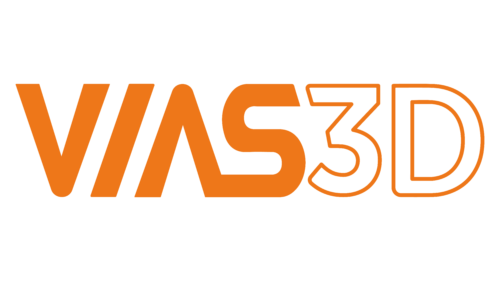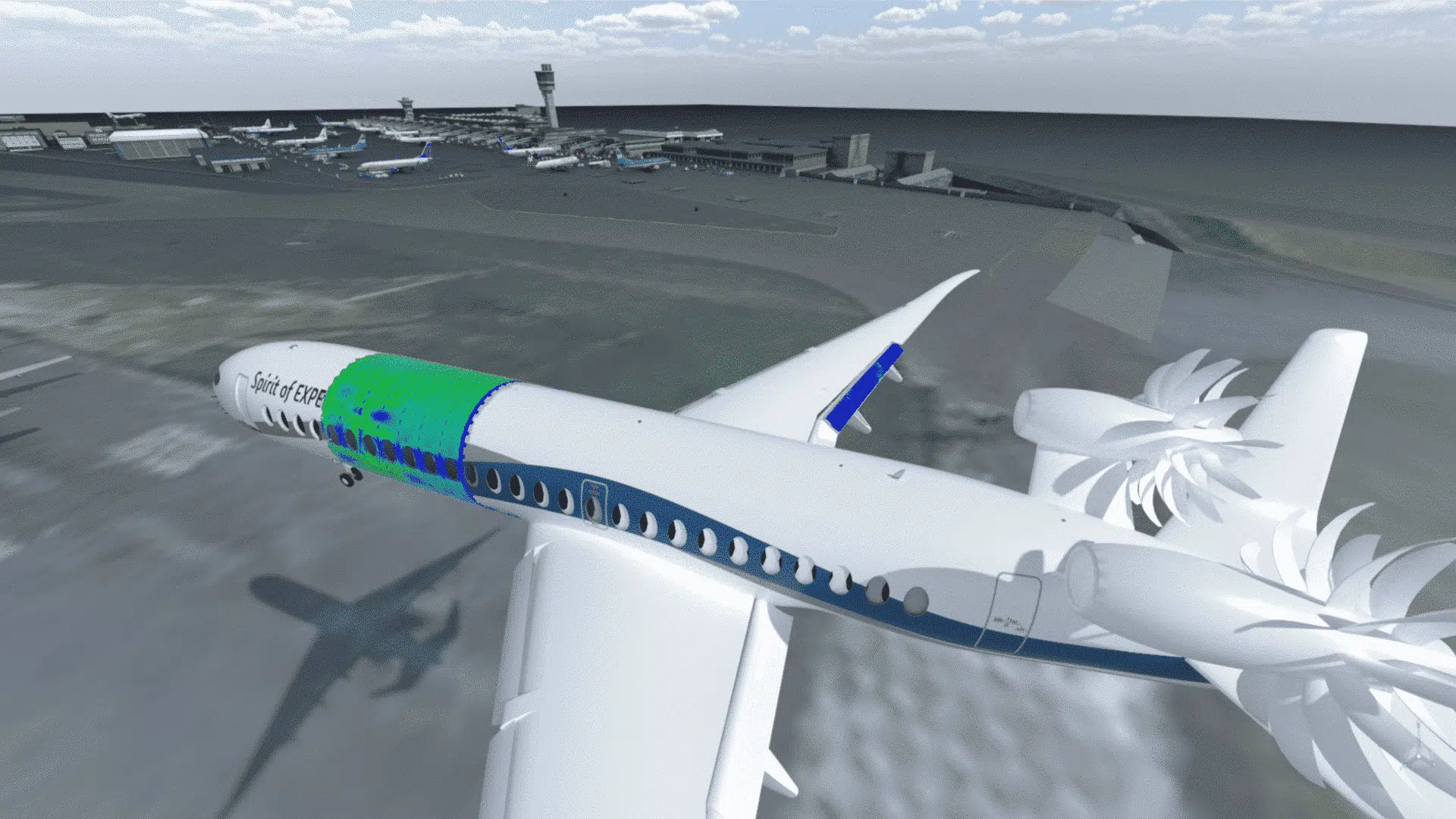The new age flyers are very sceptical & do not want to compromise on their time, cost or the flying experience for which they are paying the airlines. The reduced flying cost to the customers has made it the mass mode of travelling, raising customer expectations (lower costs, higher standards).
From the OEM perspective, across the Aerospace industry, matching customer expectations along with growing program complexity makes it more challenging to compete. As systems become more complex to design, build and deliver, OEMs and suppliers need to accelerate innovation. They need to drive efficiencies with a good & concrete design in reduced time. This requires a new way to conceptualize, design, manufacture, test, certify and sustain new aircrafts.
In manufacturing the aircrafts – be it wide or narrow bodied, commercial or defence – use of additive manufacturing has started benefiting the OEMs as it helps in reducing the overall weight of the aircraft by using lighter parts for engines. This also reduces production waste and lowers aircraft fuel requirements. These OEMs strive for a common goal – develop efficient engines by increasing fuel efficiency & component mass optimisation & are thus always looking for innovative ways for perfect first-build of the aircraft.

These businesses look for solutions for producing light aircrafts by completely reaping the power of additive manufacturing from rapid prototyping to full-scale production. This requires a detailed & in-depth study of lot of components & will also require overcoming supply chain obstacles. This needs to be achieved with reduced development time & costs. Moreover, to comply with the global aviation regulations, the aircrafts need to be fuel efficient to reduce the engine emissions. They also need to comply with the aircraft noise level – striving constantly to reduce the noise produced.
Thus, aerospace companies must adapt to the digital transformation & integrate new technological advances while ensuring quality and consistency. The new age simulation tools provide a system which helps calculate & reduce noise during take-off & landing. They can also help in studying the flight envelope – aircrafts’ aerodynamic performance for dry & icing conditions; structural load cycles for engine vibration & fatigue; electromagnetics for antenna performance evaluation & lighting stripes & so on. One can also perform simulation on additive manufacturing components – printing analysis, structural analysis.

Vias3D provides you with different solutions which covers simulation disciplines such as structural mechanics, fatigue analysis software, electromagnetic field simulation & simulation software used to improve the product design and development process by accurately predicting real world conditions. The tools Vias3D provide when used by engineers during evaluation phase of product performance, early in the design process prior to any prototype being built— will have a significant impact on design and budgets.
- Abaqus FEA:It accelerates product development through virtual testing with realistic simulation. Abaqus FEA is helpful in analysing aerostructure and design verification, structural validation at subsystem level (aircraft certification). This will in turn improve performance of structures.
- Fe-Safe:
This tool helps in accurate evaluation of components & materials. Fe-Safe accurately identifies fatigue hotspots, optimizes designs to use less material, reduces product recalls thus reducing warranty costs. It also validates design and test programs. - PowerFLOW Suite:
Aerospace companies need to comply with various global laws & regulations and reduction of aircraft noise is one of them. Using PowerFLOW, companies can analyse pass-By/Community noise, Underbody wind noise, propulsion noise & help reduce it. It also analyses aerodynamic performance to ensure the flight is safe & reliable. - CST STUDIO SUITE:It is the electromagnetics simulation which helps in laying out successful communication channel. It is used to analyse performance and efficiency of antennas and filters, antenna array designs, installed performance, co-site interference, radar cross-section analysis. This electromagnetic analysis is used to measure performance of electrical & electronic components.
These simulation solutions provide a push for continuous innovation as companies look for new ways to reduce waste, energy consumption and emissions, increase efficiency and lower operating and maintenance costs. They help reduce prototype test times, speeds up analysis times, thereby reducing man-time hours.
About Vias3D
Vias3D engineering and simulation team combines decades of analytical and design experience. They have successfully helped to design various products from many industries for strength, stability, rigidity, and fatigue endurance. Our design and analysis capabilities are accomplished through advanced engineering modelling techniques such as Finite Element Analysis (FEA), Computational Fluid Dynamics (CFD), Electromagnetics (EMAG) and other tools.
Using these advanced tools, we can capture complex design features and nonlinearities arising from materials, geometry, and surface interactions to simulate designs and predict their response before they are brought in production.




